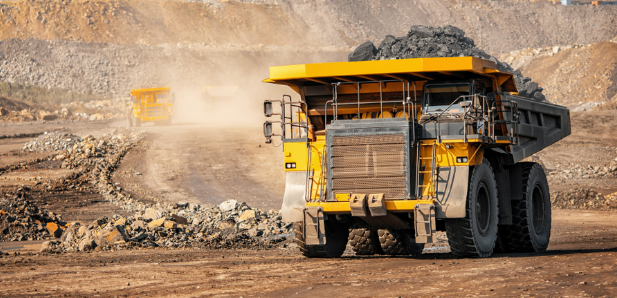Mining is the process of obtaining valuable minerals from Earth. Coal mining is the process of extracting coal. Since the 1880s, coal has been used for electricity production. Coal is also utilized in the steel and cement industries to produce iron and cement, respectively. Coal mining has undergone many changes in recent years. It began with men manually removing coal from carts and digging tunnels. Coal mining has evolved from small open-cut mines to today’s long-wall and large-scale mines. To reach this scale, modern mining requires draglines, trucks, hydraulic jacks, shearers, and trucks.
Underground mining involves working in very tight spaces. The release of methane (CH4) from mine gases during coal mining can be dangerous.
Mine Gas is the natural product produced by the geochemical transformation (during carbonization) of organic substances into coal. Mine gas is composed of oxygen, nitrogen, methane, and carbon dioxide. It also contains carbon monoxide, produced in large quantities by blasting, and hydrogen sulfide. Mine gas can be found in liberated gas (in the fissures of coal) or absorbed gas beneath the inner surface of coal. It is released during mining operations and is dangerous due to its flammability. If mixed with air, it can ignite and cause an explosion.
What is the use of gas sensors for mining?
Gas sensing is employed in the mining industry to reduce the risk of explosions caused by dangerous methane gas.
Monitoring methane levels allows for the control of ventilation. Our sensors can monitor air containing methane below the lower explosive limits. Our OEM products can be integrated into equipment approved to monitor mine exhaust gas and similar applications.
This application note provides more information on methane sensors for coal mining using our gas sensor.
This post was written by Justin Tidd, Director at Becker Mining Communications! For over 15 years, Becker Communications has been the industry’s leader in mine supplies and electrical mining communication systems. As they expanded into surface mining, railroads, and tunneling they added wireless communication systems, handheld radios, tagging, and tracking systems, as well as gas monitoring.

